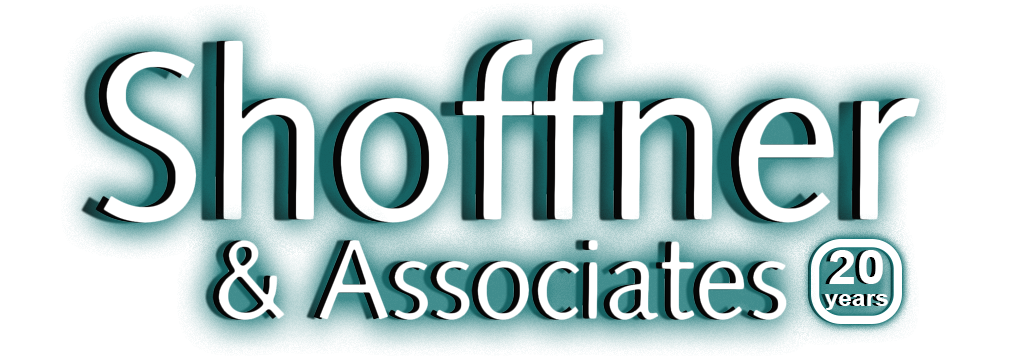Approximately 75% of young businesses get bank loans and business credit. The primary reason small businesses need loans is to grow their business by increasing their hiring, buying equipment and inventory, and other attendant expenses. Business credit determines whether your company can be trusted by the way it manages money. Knowing business credit terms is important to the running of small businesses. Your greater familiarity with these terms will help facilitate your getting loans.
____________________________________________________________________
Freya Allen Shoffner, Esquire featured Professional Speaker, Presenter, Professor.
Need a Speaker for a Business Event? Call your friendly neighborhood attorney today.
With the right help, you are more likely to succeed. The attorneys at Shoffner & Associates will be happy to help you.
Give us a call at (617) 369-0111 or email fashoffner@shoffnerassociates.com
____________________________________________________________________
Accounts receivable or A/R refers to money owed to a company by its debtors for products or services provided.
A detailed report of a company’s credit history is a Business Credit Report. These reports are prepared by business credit reporting agencies. Business credit is an intangible asset which impacts a company’s financing ability.
A Business Credit Score represents the credit risk of a business. Credit scores range from 1 – 100. A score of 75 is acceptable to many lenders. A small business goal should include building the company’s creditworthiness.
Cash Flow is the amount of money going into and out of a business in a month. The cash can come from customers and clients and go out for expenses.
Collateral can be a tangible or intangible asset. Collateral is used to obtain credit for a loan. It becomes subject to forfeiture in the event of the business defaulting on the terms of the loan.
The profit a company makes after deducting the costs associated with making and selling a product or providing a service is gross profit. It is calculated by subtracting the cost of goods sold from revenue. Gross profit is part of a company’s income statement.
A line of credit is a preset amount of money that a lending institution has agreed to lend you. The company withdraws this money from the bank or credit union as needed up to the predetermined lending limit. The business pays interest on the amount borrowed.
Net Terms means that a product or service must be paid in full in a short period of time after the product or service was purchased. Net terms are commonly net 30 and net 60 days.
A business owner may offer a personal guarantee. This is a promise from the business owner to pay if the business doesn’t.
The net income or profit and loss statement includes the revenues, costs and expenses incurred during a specific period, typically for a quarter or a year. This statement shows if the business is making money, operating at a loss, or breaking even.




